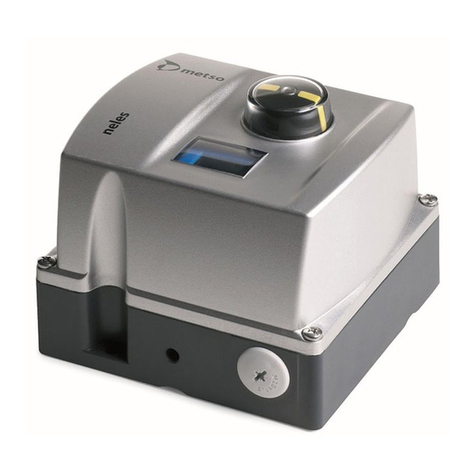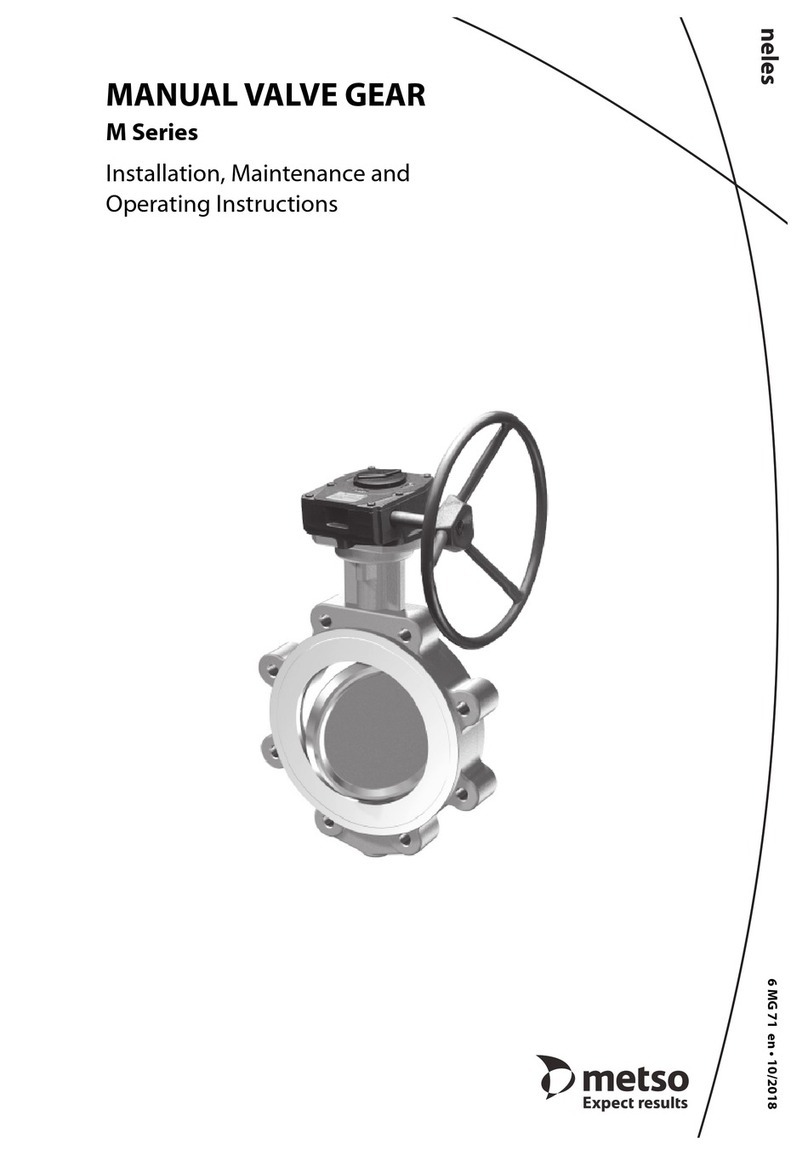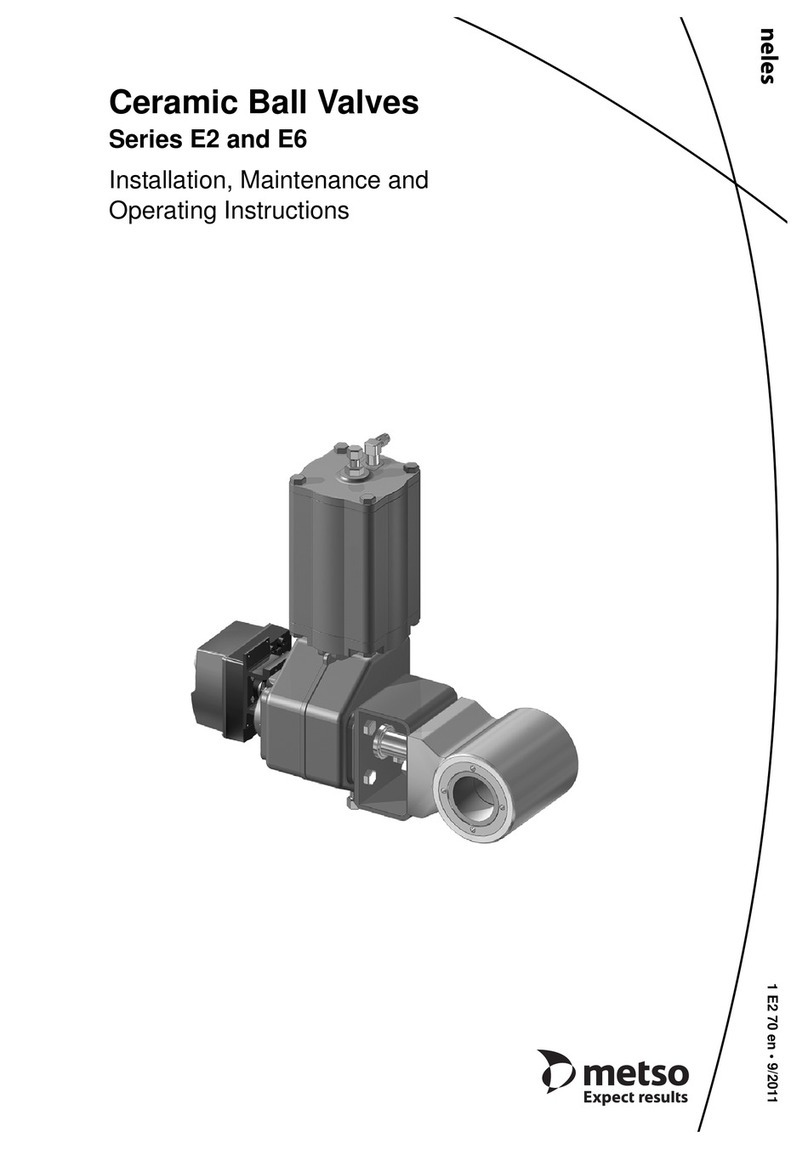Metso 7150 Operating and maintenance manual




















Other manuals for 7150
1
This manual suits for next models
5
Other Metso Control Unit manuals
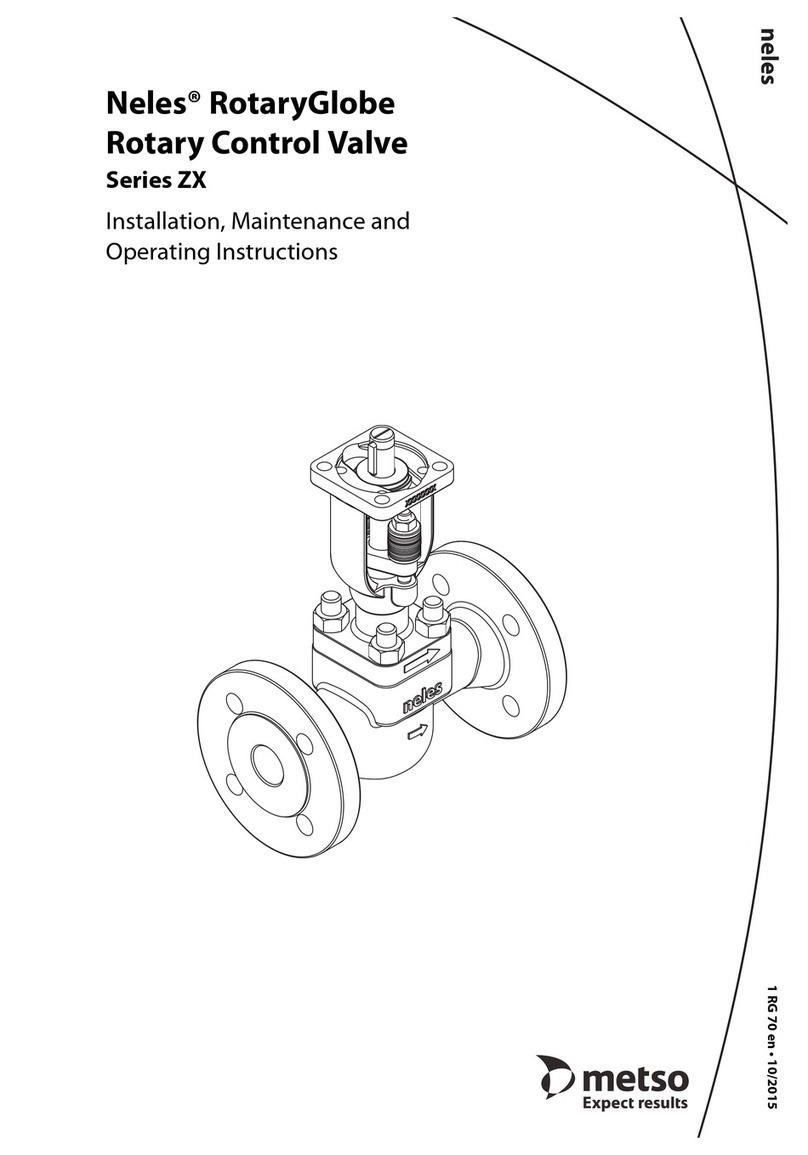
Metso
Metso Neles RotaryGlobe ZX Series Operating and maintenance manual
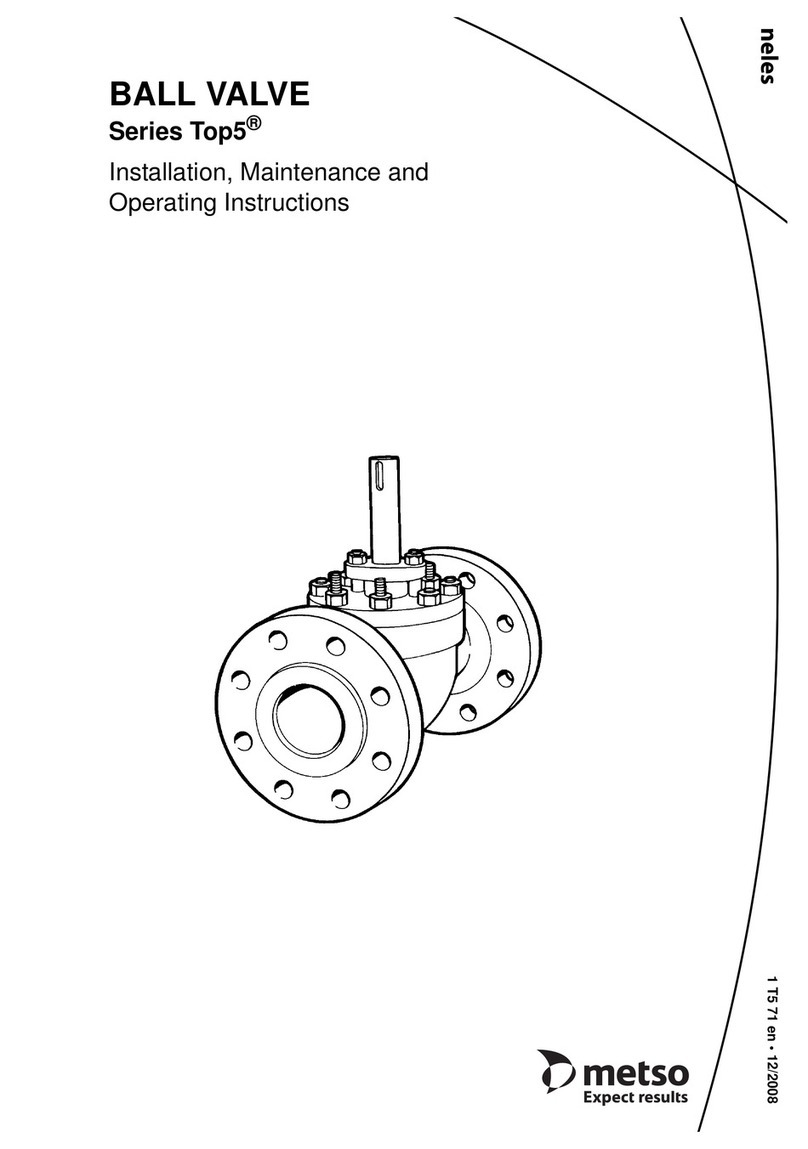
Metso
Metso Top 5 Series Operating and maintenance manual
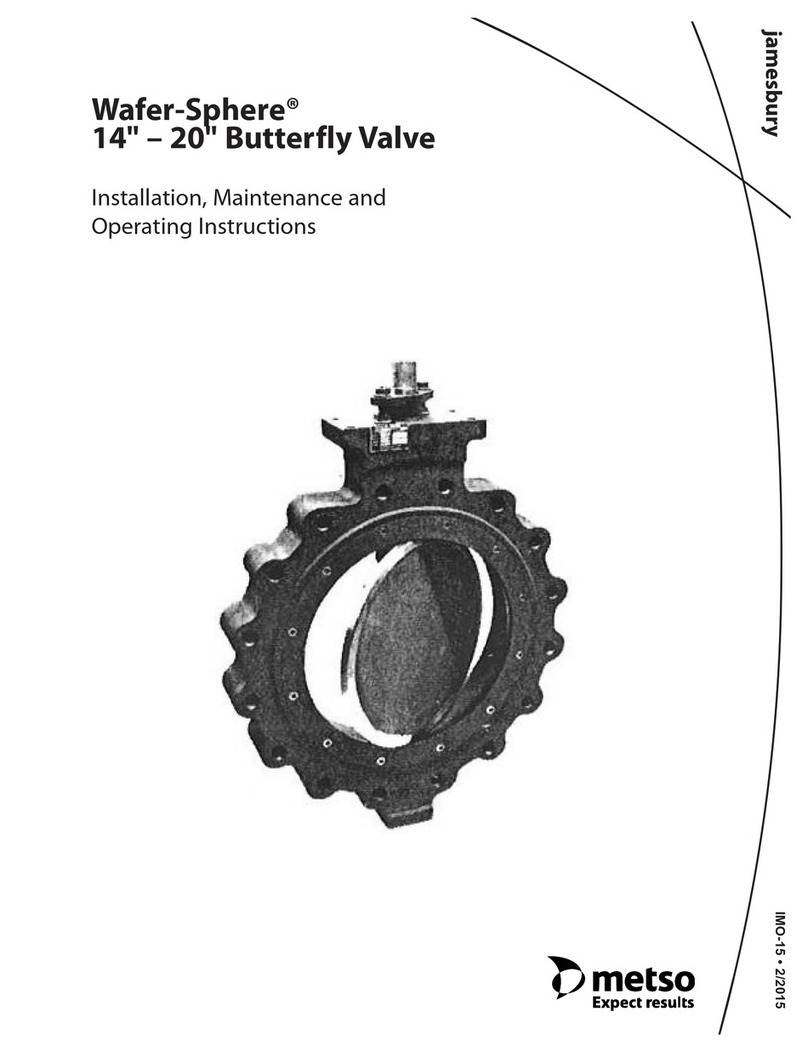
Metso
Metso Jamesbury Wafer-Sphere Series User manual
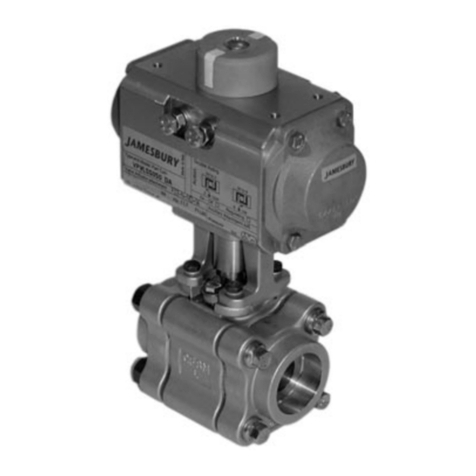
Metso
Metso Jamesbury 4000 B Operating and maintenance manual
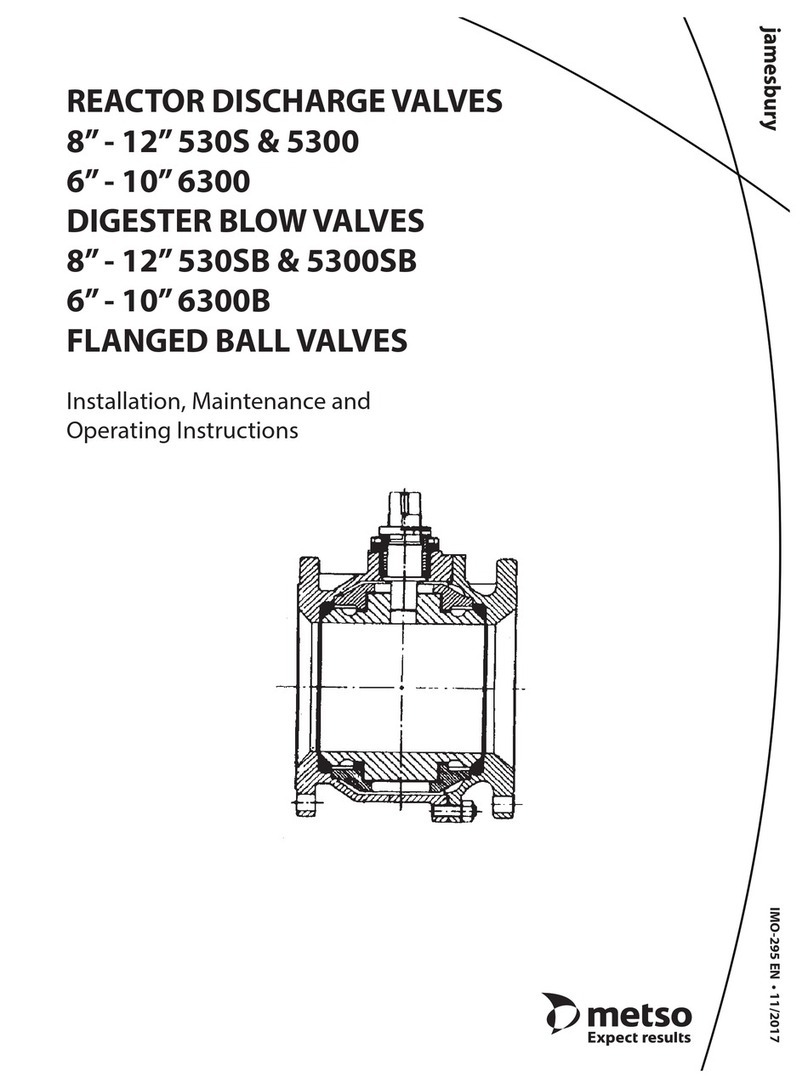
Metso
Metso 530S Operating and maintenance manual
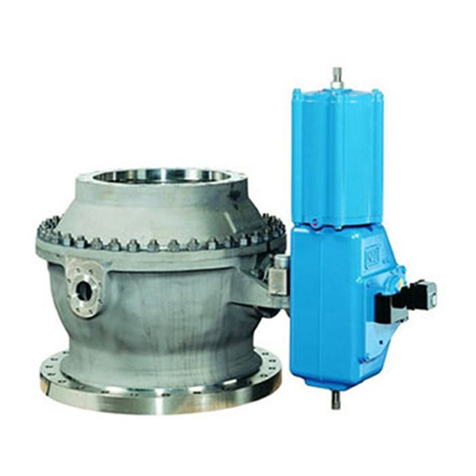
Metso
Metso PZ Series User manual
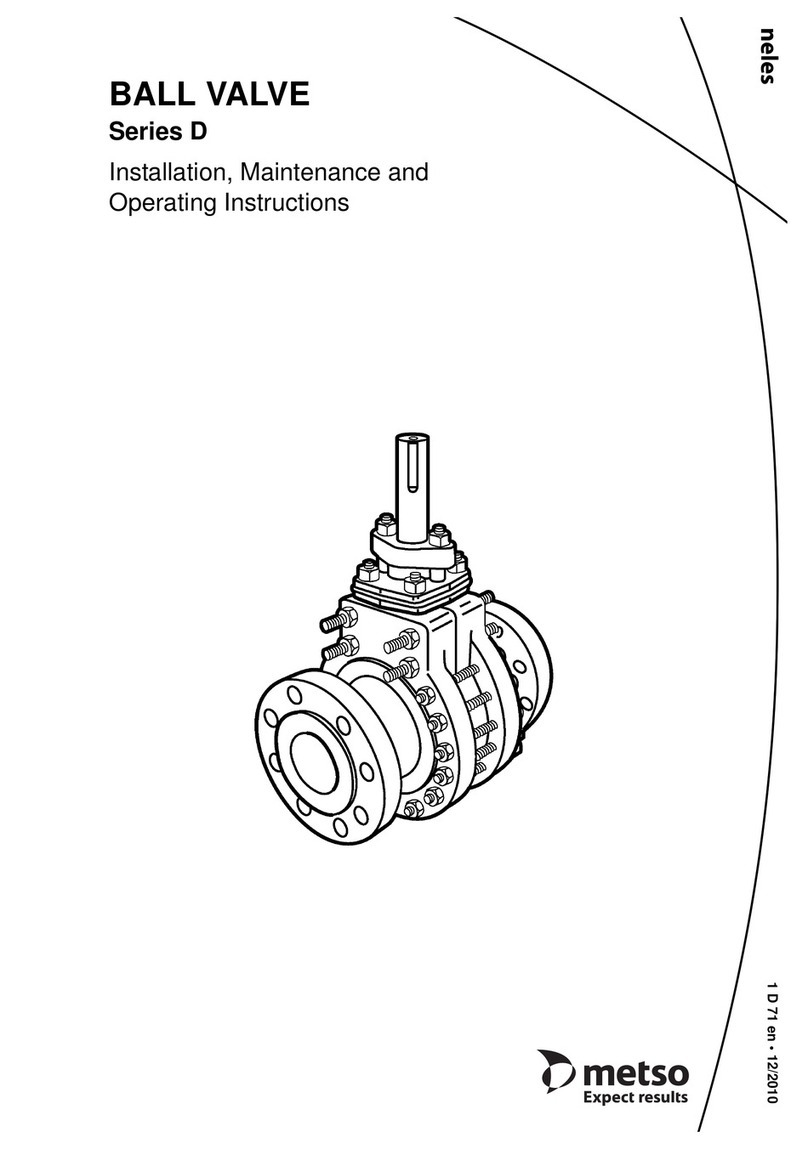
Metso
Metso D Series User manual
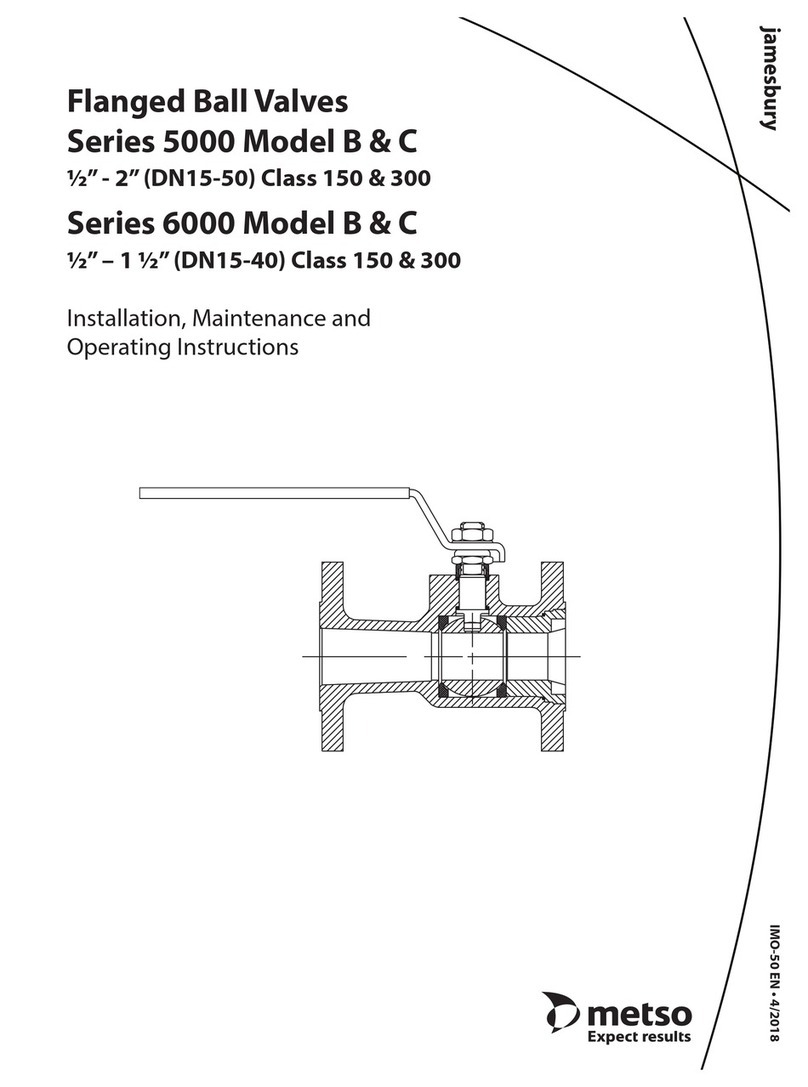
Metso
Metso Jamesbury 5000 series User manual
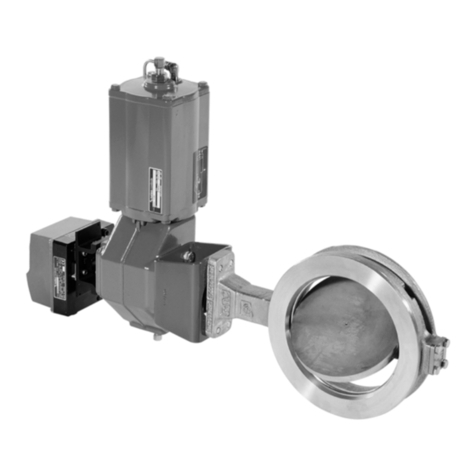
Metso
Metso NELDISC LW Series Operating and maintenance manual
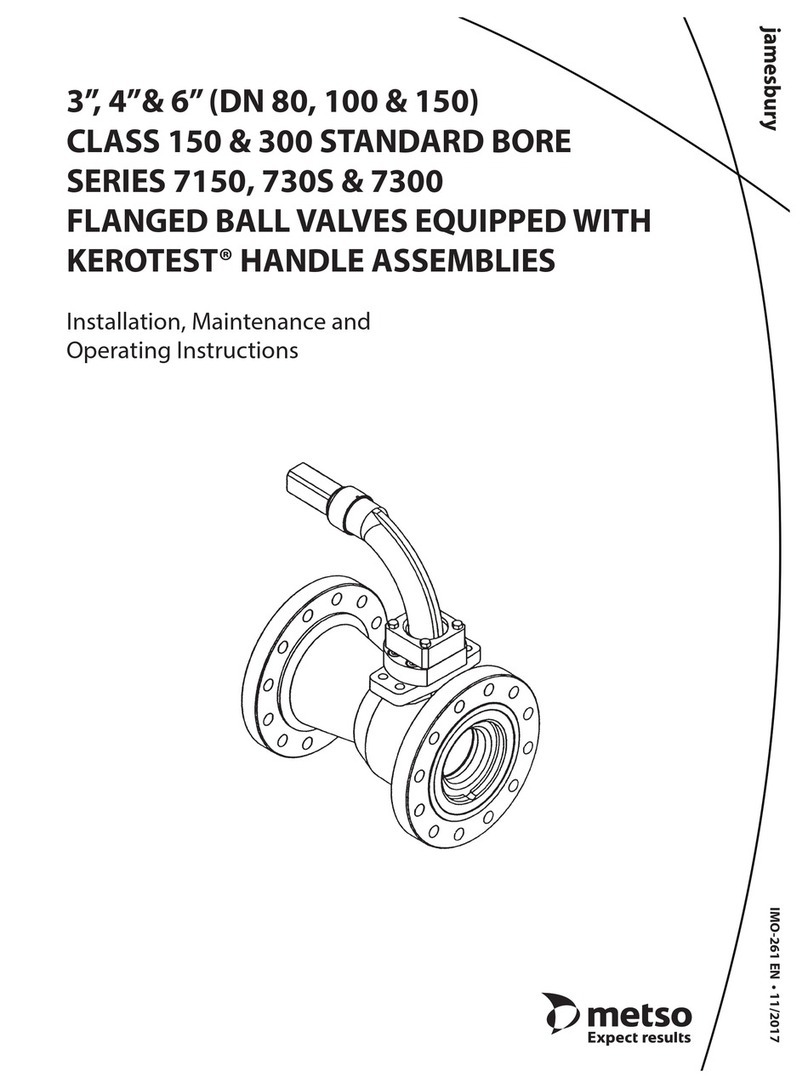
Metso
Metso 7150 Operating and maintenance manual

Metso
Metso Neldisc L1 Series User manual
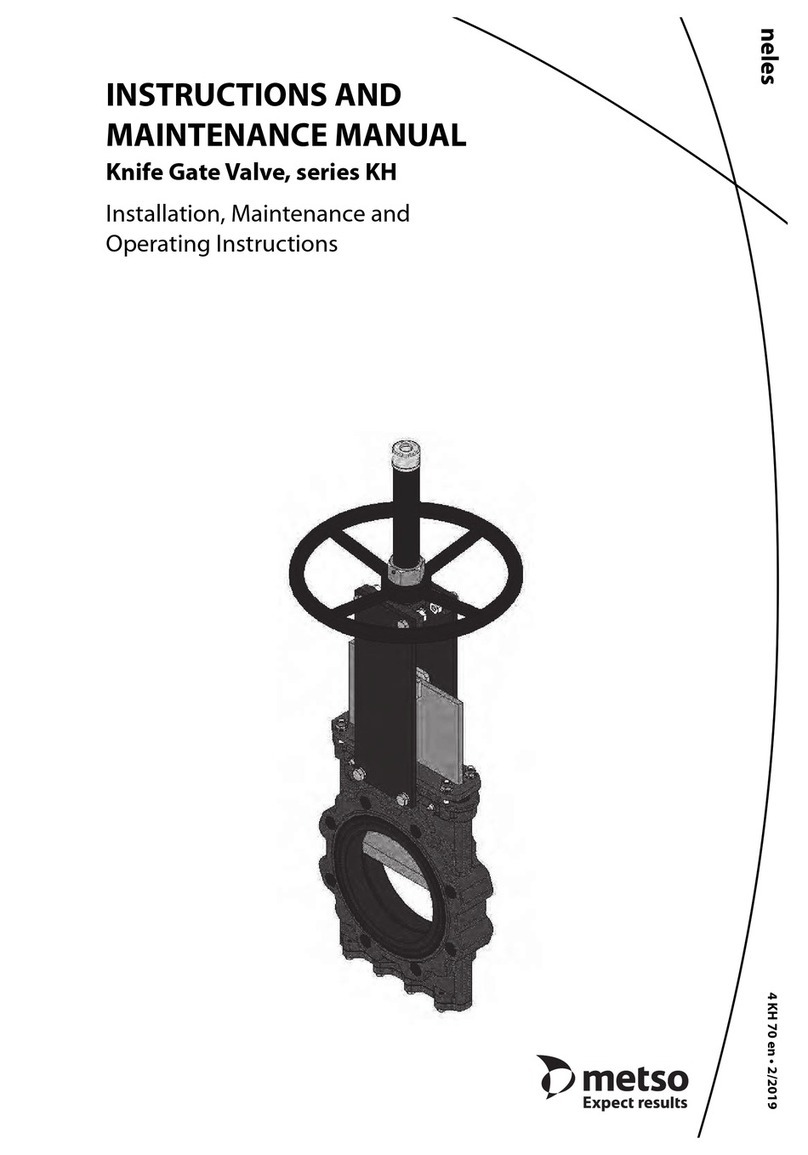
Metso
Metso KH Series User manual
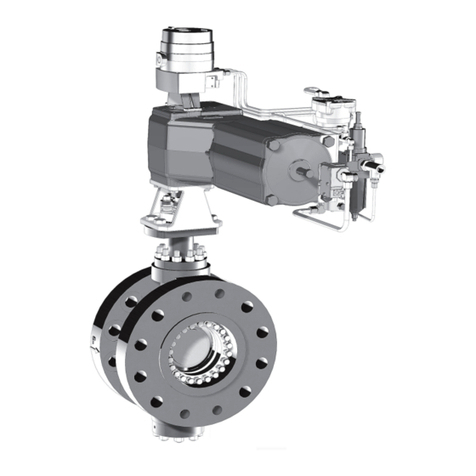
Metso
Metso Neles BW Series Operating and maintenance manual
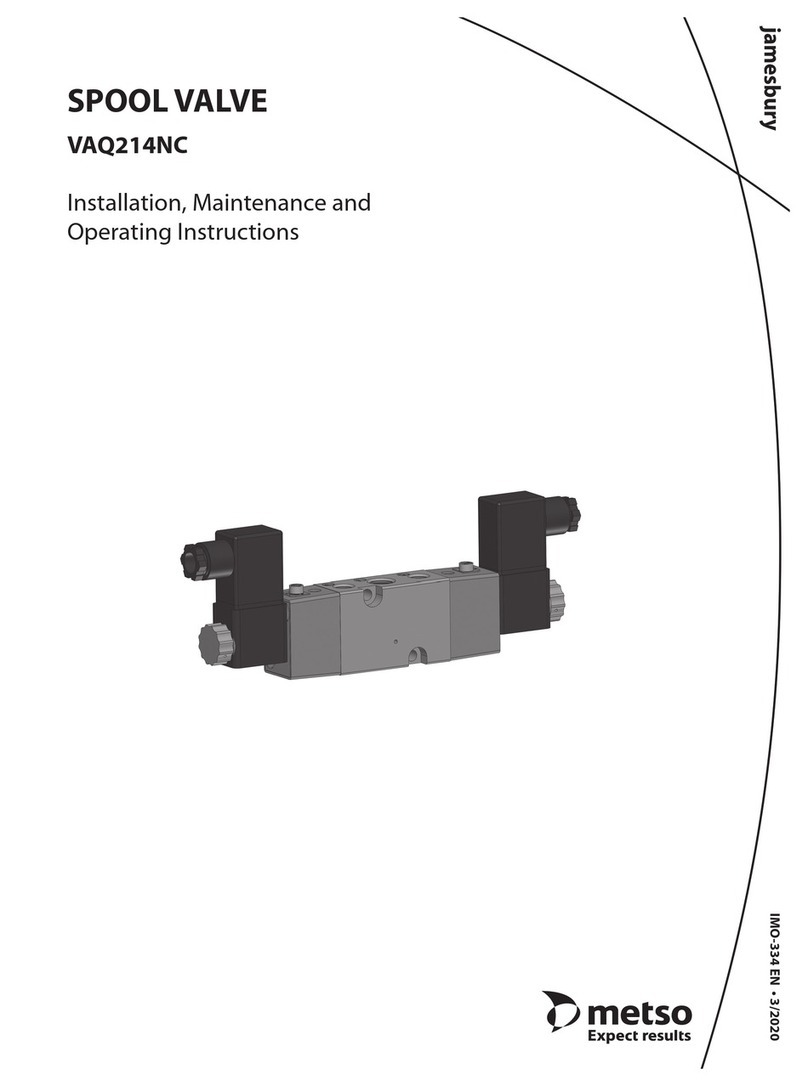
Metso
Metso Jamesbury VAQ214NC Series Operating and maintenance manual
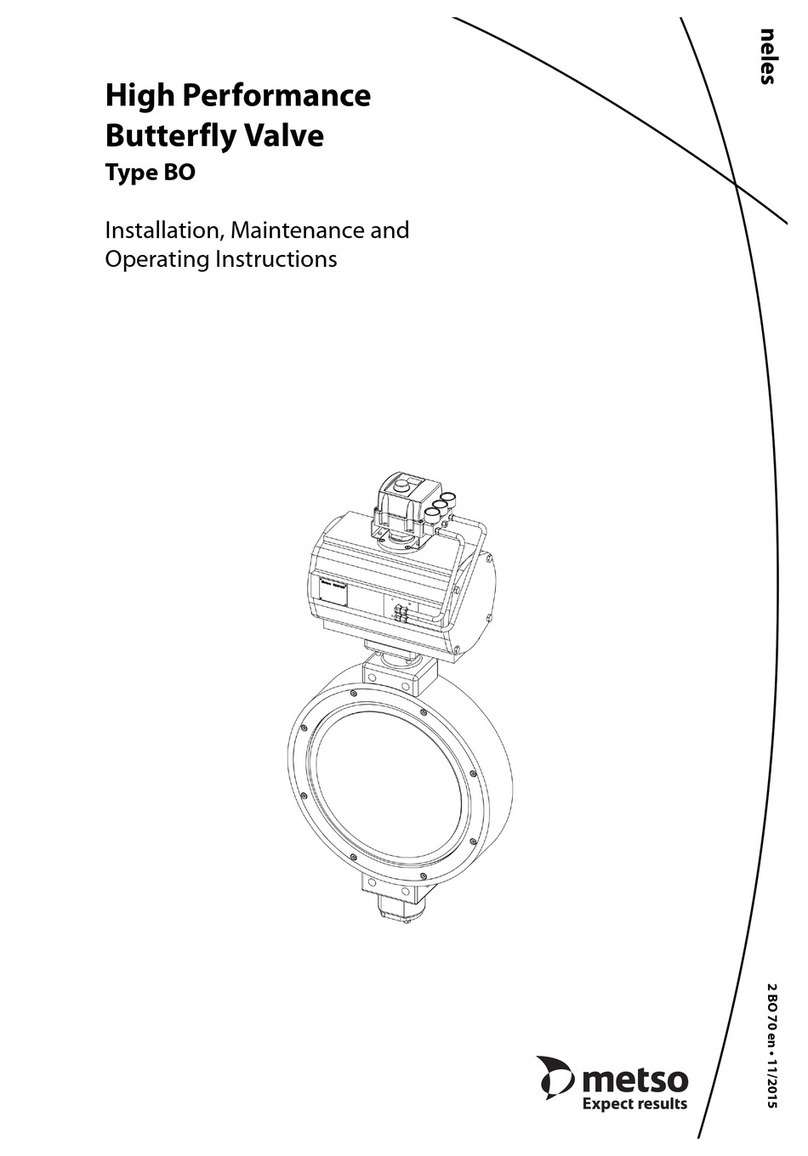
Metso
Metso BO Series Operating and maintenance manual
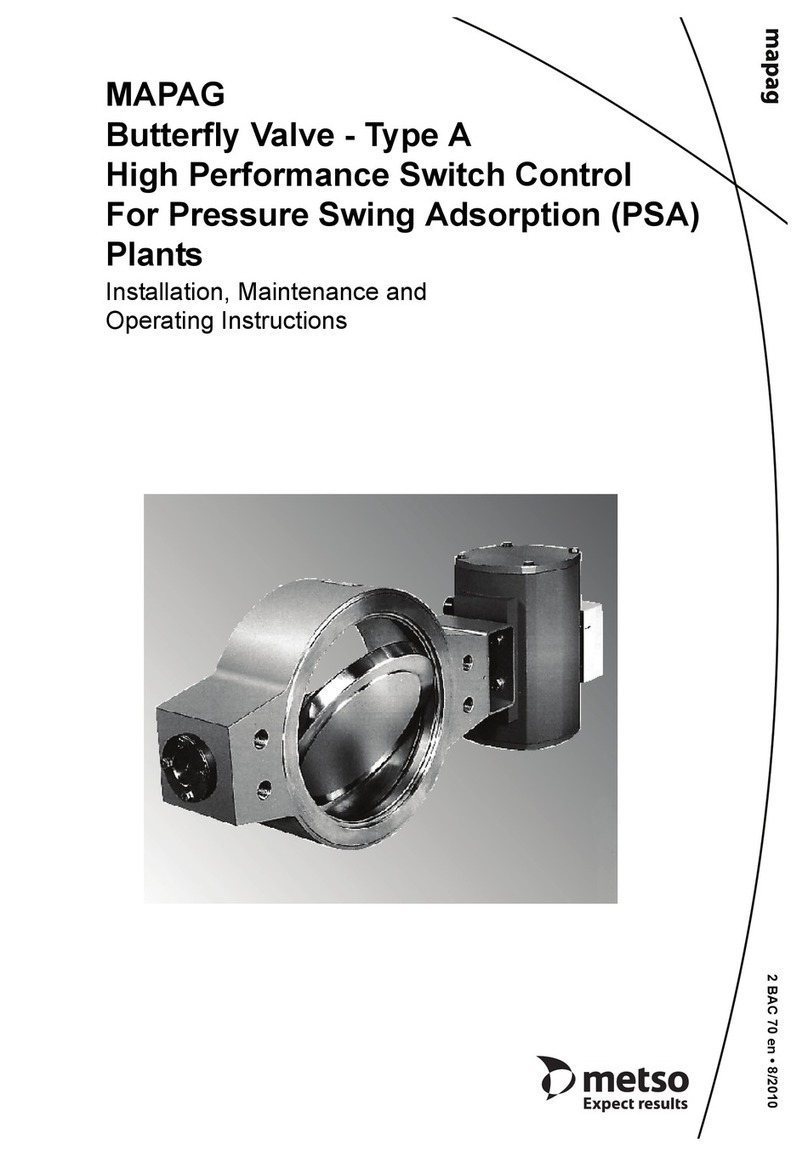
Metso
Metso MAPAG Butterfly valve Type A Operating and maintenance manual
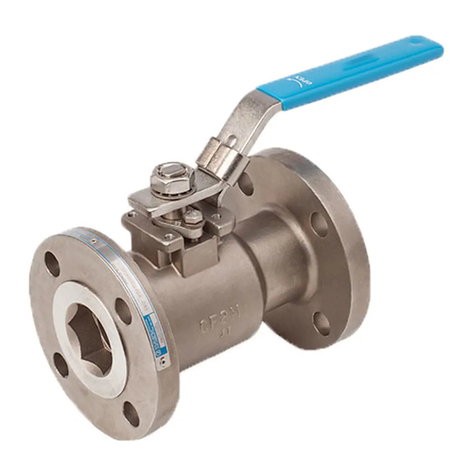
Metso
Metso Jamesbury Installation instructions
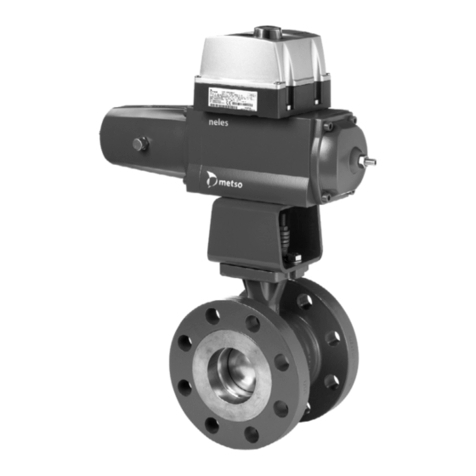
Metso
Metso R Series Operating and maintenance manual

Metso
Metso Jamesbury Wafer-Sphere Series Operating and maintenance manual

Metso
Metso Neles XT Series Operating and maintenance manual
Popular Control Unit manuals by other brands
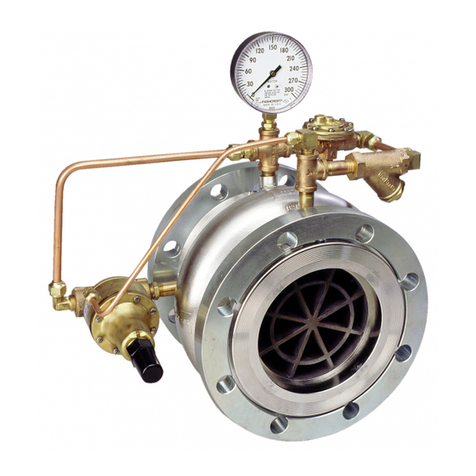
CLA-VAL
CLA-VAL 750B-4KG1 Installation operation & maintenance

ITRON
ITRON OpenWay Riva 500G ERT installation guide
Silicon Laboratories
Silicon Laboratories EFR32 G1 Series Reference manual
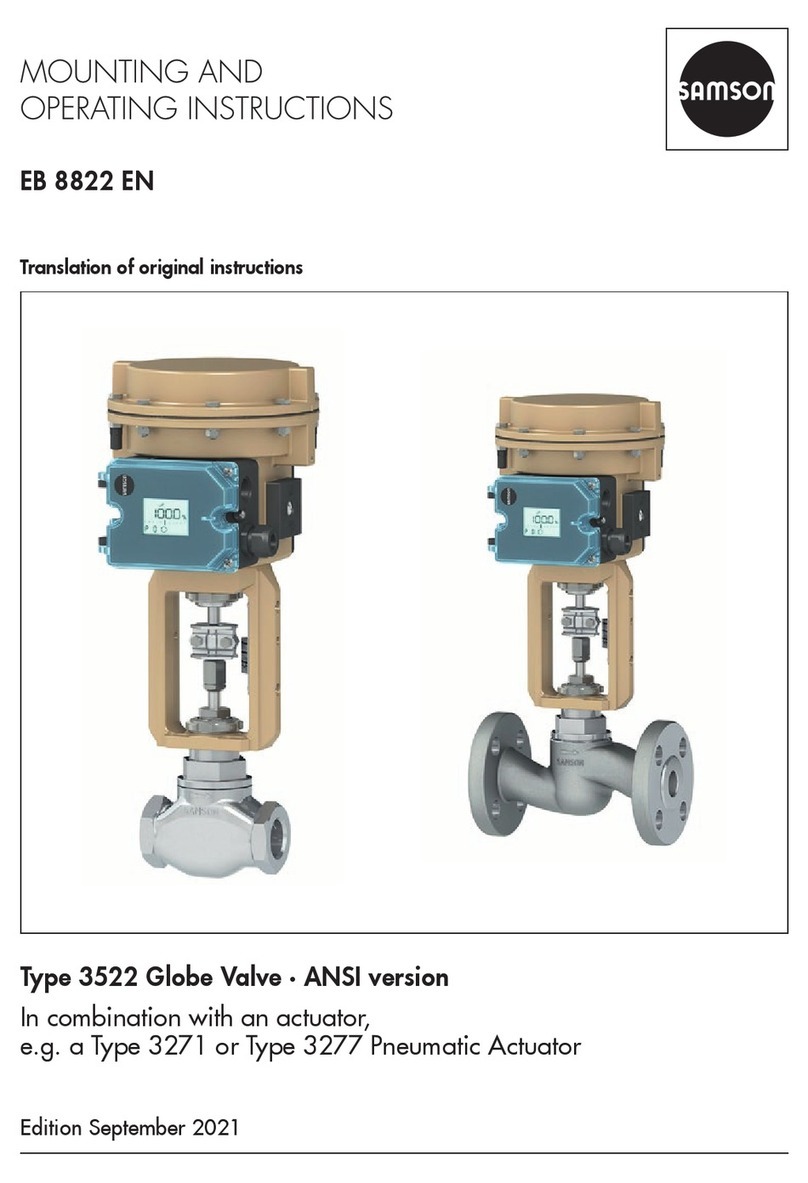
Samson
Samson 3522 Mounting and operating instructions
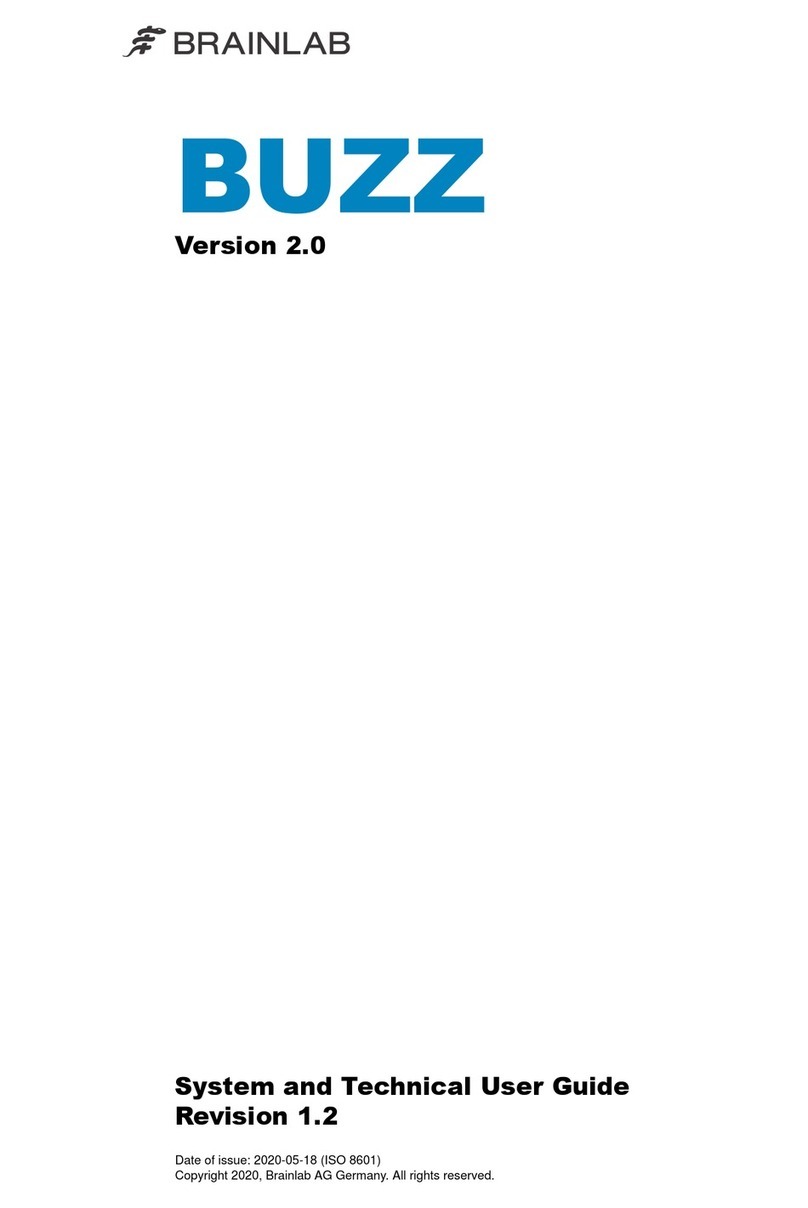
Brainlab
Brainlab Buzz 2.0 System and Technical User Guide

Enviro
Enviro MMG1 quick start guide

Hearth & Home
Hearth & Home IntelliFire IFT-ACM installation instructions
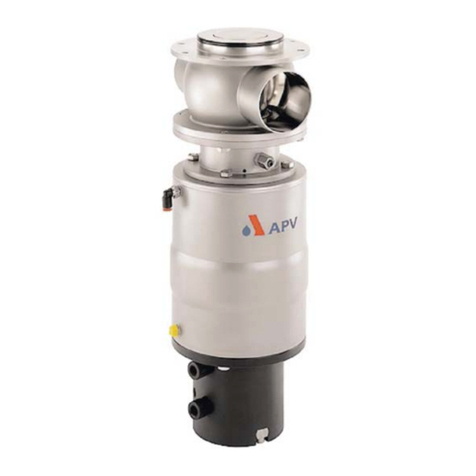
SPX
SPX APV DELTA DET3 operating manual
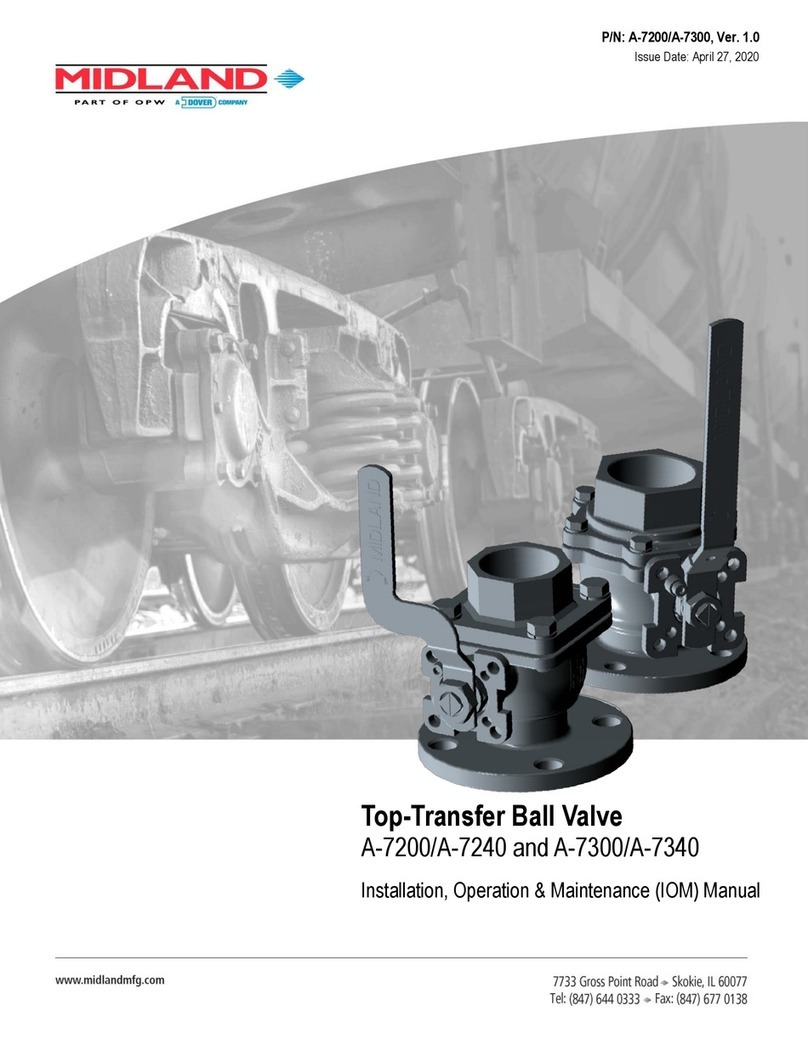
Midland
Midland A-7200 Installation, operation & maintenance manual
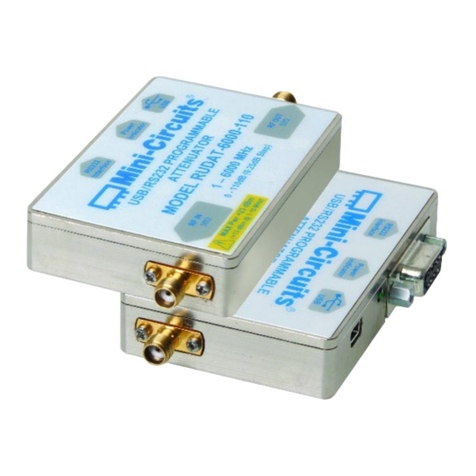
Mini-Circuits
Mini-Circuits RUDAT Series user guide
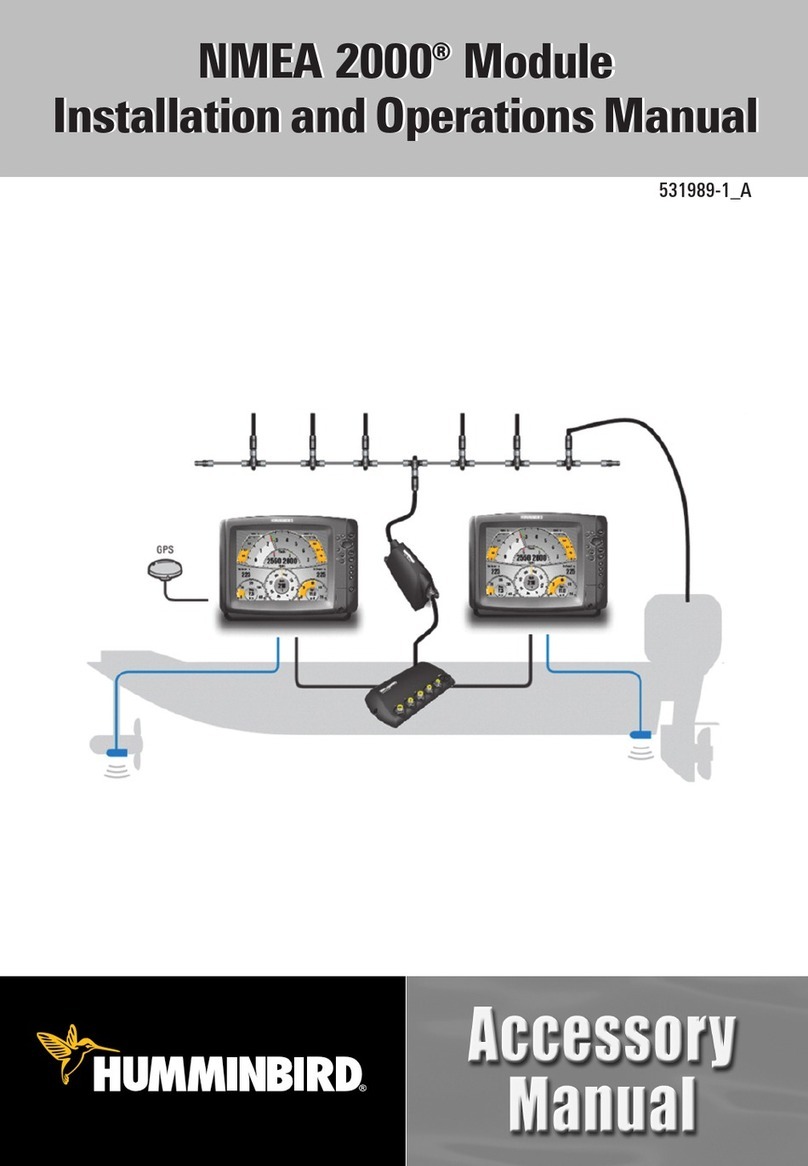
Humminbird
Humminbird NMEA 2000 module Installation and operation manual

Keystone
Keystone EPI2-MAN-652NA-OM1 user manual
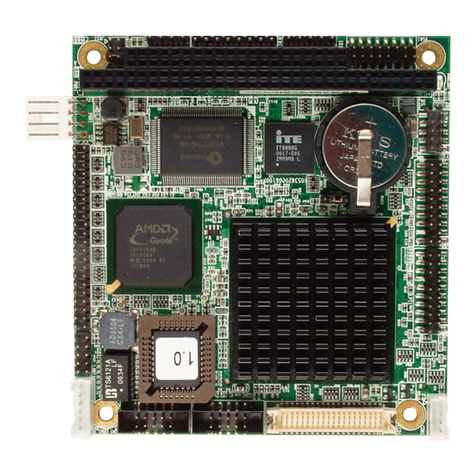
Arbor Technology
Arbor Technology Em104-a5362 Quick installation guide
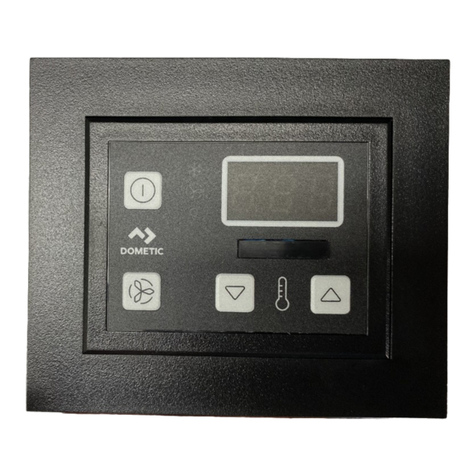
Dometic
Dometic AH-Passport I/O Compact Operation manual
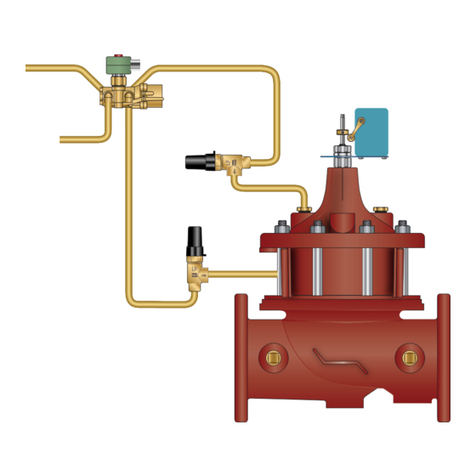
Watts
Watts AMES LF985GD Series Installation, operation and maintenance manual

Taco
Taco Comfort Solutions 5000-3 Series instruction sheet

Sentiotec
Sentiotec wave.com4 touch Instructions for installation and use

Niko
Niko 350-70980 quick start guide
